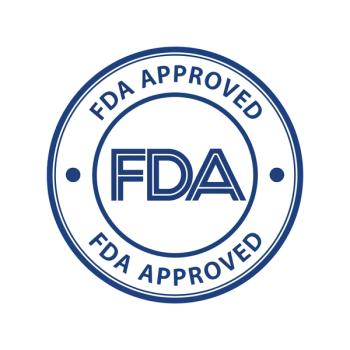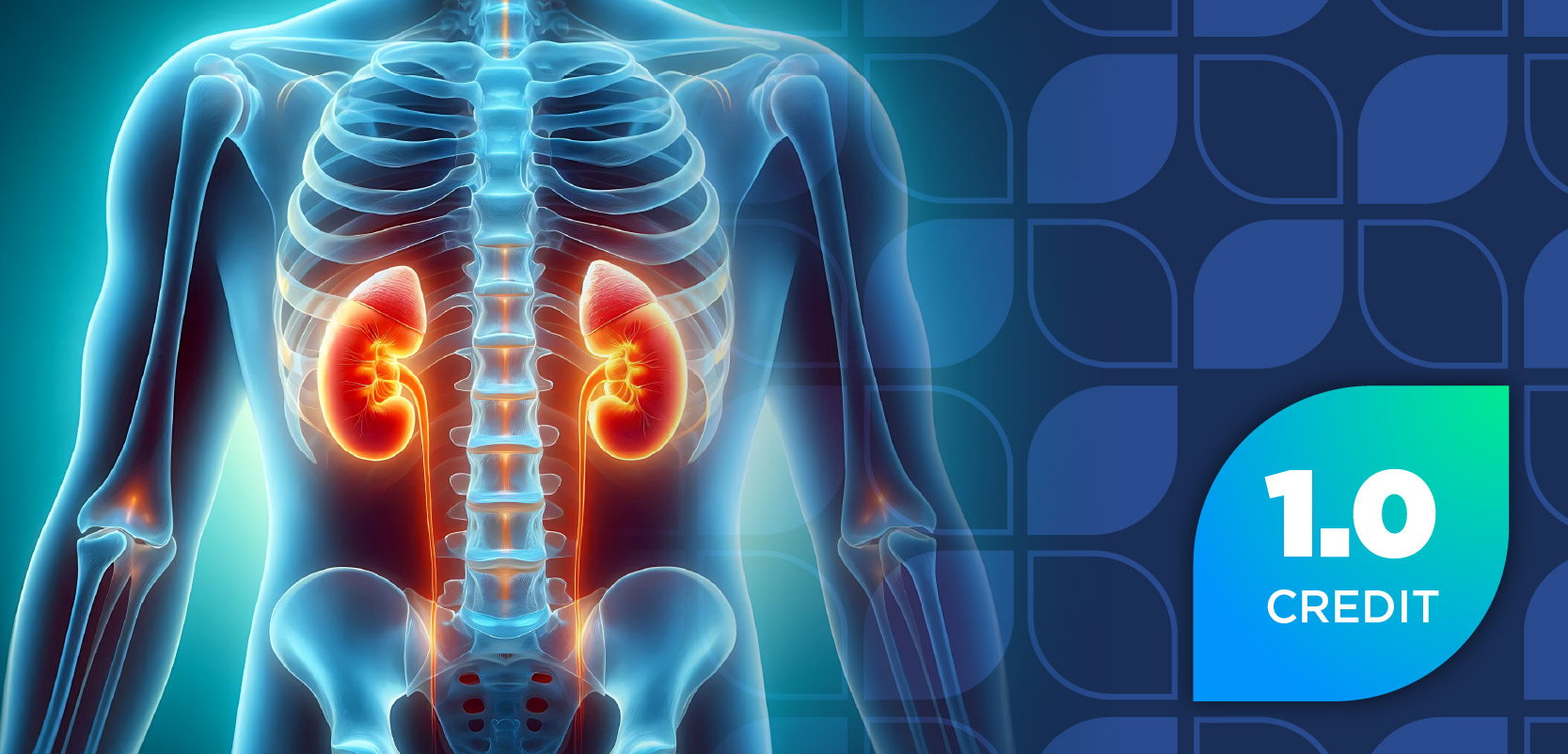
Bleeding Risk Boosted When NSAIDs Added to Antithrombotics After Heart Attack
Even short-term treatment with nonsteroidal anti-inflammatory drugs is associated with significant increases in bleeding and cardiovascular event risk in patients receiving antithrombotic therapy after a heart attack.
Even short-term treatment with nonsteroidal anti-inflammatory drugs (NSAIDs) is associated with significant increases in bleeding and cardiovascular event risk in patients receiving antithrombotic therapy after a heart attack, suggest the results of a new study published in JAMA.
Compounding the problem, patients and their health care providers are often unaware of these risks, creating a life-saving opportunity for pharmacist intervention.
“Many patients are unaware NSAIDs can pose a risk when used in certain medical conditions or with prescription drug therapies, and often perceive that nonprescription drugs are unnecessary to report during medication history-taking,” said Brent N. Reed, PharmD, BCPS-AQ Cardiology, FAHA, assistant professor at the University of Maryland School of Pharmacy, in an exclusive interview with Pharmacy Times. “Pharmacists should be aware of this when performing medication histories, and should especially inquire about nonprescription drug use during patient interviews.”
Additionally, pharmacists should proactively ask patients about any past cardiac events prior to recommending NSAID therapy, Dr. Reed said.
“Pharmacists should also ask patients about their concomitant medications, as NSAIDs may interact with a number of drugs commonly used in patients with heart disease,” Dr. Reed continued. “For patients who have had a heart attack, NSAIDs should generally be avoided.”
In the study population, concomitant NSAID use was associated with a 2-fold increase in bleeding risk compared with no NSAID treatment. Cardiovascular risk also increased with NSAID use, and these findings persisted regardless of antithrombotic treatment type, NSAID type, or treatment duration.
Widespread NSAID use—often without a prescriber’s knowledge—makes the risks a considerable public health concern, the researchers stated. Furthermore, patients taking antithrombotic therapy following a heart attack might not understand the dangers associated with OTC NSAIDs, so pharmacists may have to inquire about their NSAID use.
Newsletter
Stay informed on drug updates, treatment guidelines, and pharmacy practice trends—subscribe to Pharmacy Times for weekly clinical insights.













































































































































































































